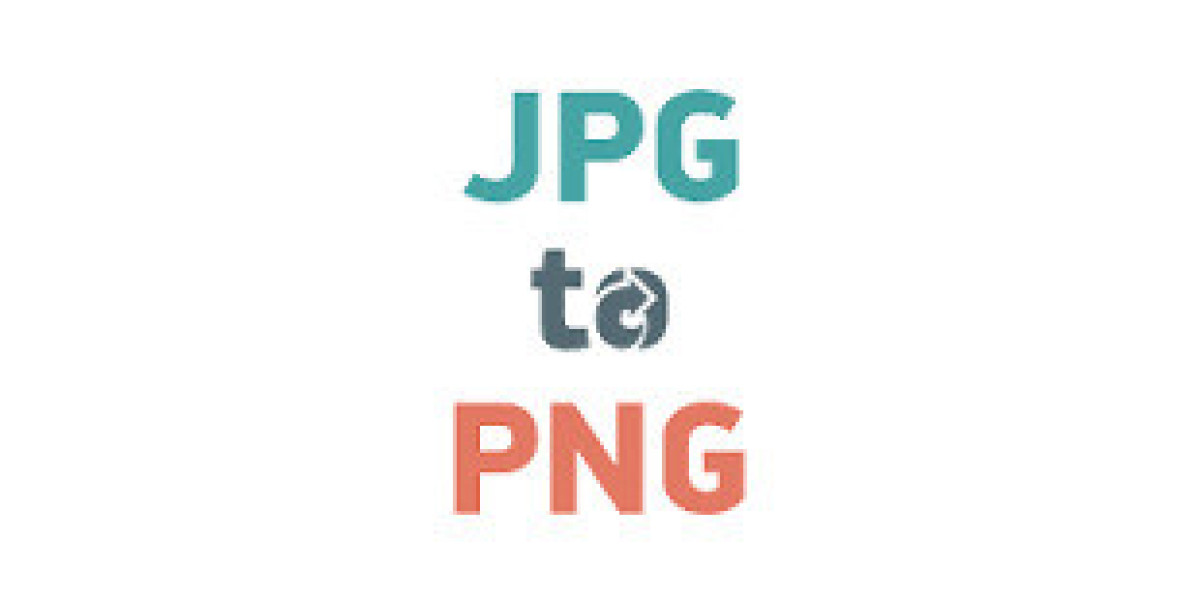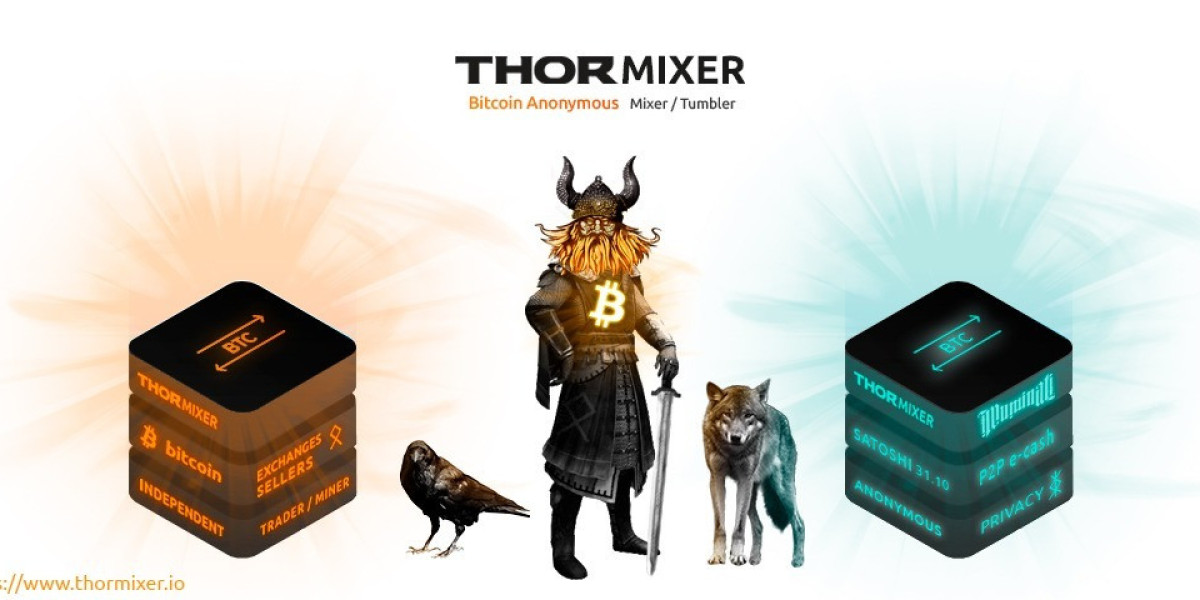Converting JPG to PNG
Introduction
In the digital age, images are omnipresent, serving as essential elements of communication, storytelling, and artistic expression. Among the myriad of image file formats, JPG (or JPEG) and PNG emerge as prominent choices, each with its distinct characteristics and applications. While JPG is renowned for its efficient compression and widespread compatibility, PNG boasts superior quality and support for transparency. This article embarks on an exploration of the differences between JPG and PNG files, addresses concerns regarding online conversion tools' safety, elucidates the process of converting JPG file to PNG, and concludes with valuable insights and FAQs to empower users in navigating this transformative journey.
How are JPG and PNG Files Different?
JPG (JPEG)
- Efficient Compression: JPG files utilize lossy compression, effectively reducing file size while compromising some image data. This feature makes them ideal for web images and photographs where optimization is paramount.
- Color Depth: JPG supports millions of colors, rendering it suitable for photographs and images with intricate color gradients.
- Transparency Limitations: JPG does not support transparency, filling transparent areas with a solid color, typically white. Consequently, it's unsuitable for images necessitating transparent backgrounds.
PNG
- Lossless Compression: PNG files employ lossless compression, preserving image quality without sacrificing detail. This quality makes PNG ideal for images with text, graphics, or sharp edges.
- Color Depth: PNG supports true-color images with millions of colors, making it suitable for graphics, logos, and images requiring transparency.
- Alpha Channel Transparency: PNG facilitates alpha channel transparency, enabling precise control over transparent areas and overlays. This feature proves invaluable for web graphics and digital design.
Is it Safe to Convert JPG Files to PNG Online?
Potential Risks
- Quality Degradation: Online conversion tools may compromise image quality during conversion, resulting in artifacts or loss of detail.
- Privacy Concerns: Uploading sensitive or copyrighted images to online platforms poses privacy and intellectual property risks.
- Malware Threats: Some online conversion websites may contain malicious software or viruses, posing threats to users' devices and data security.
Safety Measures
- Choose Reputable Platforms: Opt for online conversion platforms with positive user reviews and a proven track record to ensure image integrity.
- Review Privacy Policies: Before using an online conversion tool, scrutinize the platform's privacy policies and terms of service to understand data handling practices.
- Use Secure Connections: Ensure that websites use secure HTTPS connections for data transmission to safeguard against interception and data breaches.
JPG File to PNG: Conversion Process
Step 1: Select Conversion Tool
Choose a trusted online conversion tool or software program that supports JPG to PNG conversion. Popular options include Zamzar, Convertio, Adobe Photoshop, or GIMP.
Step 2: Upload JPG File
Upload the JPG file intended for conversion to PNG to the selected conversion tool or software. Confirm that the file size adheres to any specified limits and explore additional customization options if available.
Step 3: Initiate Conversion
Initiate the conversion process by activating the appropriate function or selecting desired conversion settings. The conversion duration varies based on file size and processing speed, ranging from seconds to minutes.
Step 4: Download PNG File
Upon completion of the conversion, download the converted PNG file to your device. Take a moment to verify the image quality, resolution, and transparency settings before integrating it into projects or sharing it with others.
Conclusion
Converting JPG file to PNG can significantly enhance image quality, leverage transparency, or adapt images for specific purposes. While online conversion tools offer convenience, users must prioritize data security and privacy. By comprehending the distinctions between JPG and PNG files, addressing safety concerns associated with online conversion, and adhering to best practices during the conversion process, users can seamlessly navigate the journey from JPG to PNG.
FAQs
Q1: Can multiple JPG files be converted to PNG simultaneously?
Yes, numerous online conversion tools and software programs support batch conversion, enabling users to convert multiple JPG files to PNG simultaneously. This feature expedites the conversion process, particularly with large quantities of images.
Q2: Are there limitations to converting JPG files to PNG?
While converting JPG files to PNG yields several benefits, users should consider potential limitations such as file size restrictions, loss of metadata, and compatibility issues with certain software applications. Additionally, users must adhere to copyright and licensing requirements when converting images obtained from third-party sources.
Q3: Can a PNG file be reverted back to JPG after conversion?
Yes, it's feasible to revert a PNG file back to JPG using image editing software like Adobe Photoshop or online conversion tools supporting PNG to JPG conversion. However, users should recognize that converting from PNG to JPG may result in some image quality loss due to differences in compression algorithms between the two formats.















